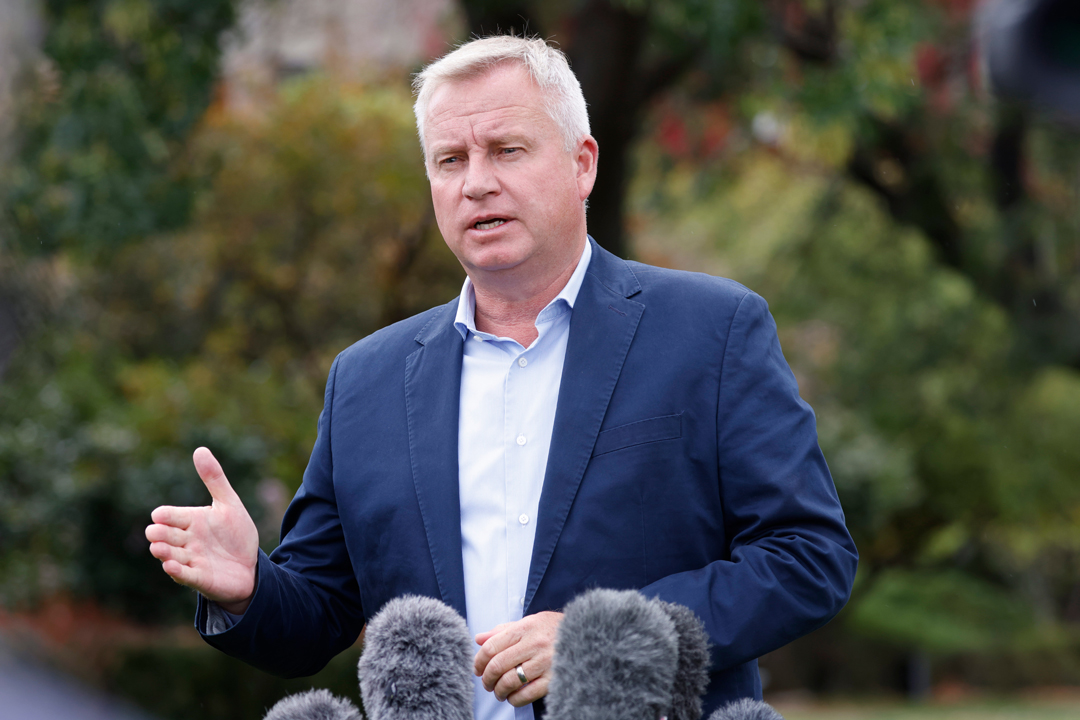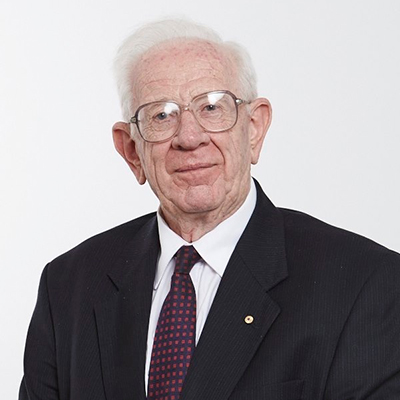

Back on Wednesday 14 February Tasmanian Liberal Premier Jeremy Rockliff visited the Governor of Tasmania Barbara Baker to seek a dissolution of the state’s House of Assembly. His request was accepted immediately, setting the scene for the general election which took place on Saturday 23 March. The election was held 14 months before it was due. On election night Rockliff congratulated himself on leading his party to its fourth straight victory. What should we make of this claim?
We can certainly assert that Will Hodgman led the Liberal Party to victory in March 2014 since that election returned 15 Liberals, seven Labor and three Greens. Majority government. We can also certainly assert that Hodgman again achieved majority government in March 2018 when the result was 13 Liberal, 10 Labor and only two Greens. Again, we can make the same claim in respect of the May 2021 election when Liberal Premier Peter Gutwein led his party to victory with 13 seats compared with nine for Labor, two Greens and one independent. Again, majority government. As in March 2018 the two Greens were one each in the southern divisions of Clark and Franklin, with the now Greens leader, Rosalie Woodruff, again re-elected in Franklin.
But Gutwein resigned in April 2022 and Rockliff took over. He governed in minority from May 2023 with the support of two ex-Liberal independents. If I were Rockliff there would be only one feature of this election found to be pleasing, namely the defeat of the two renegade Liberals, Lara Alexander in Bass and John Tucker in Lyons. But if I were Rockliff I would not have called this election. Irritating though I would find being (sort of) held to ransom by two renegades I would have continued to govern rather than make the situation worse by plunging even further into minority government.
I did not make any public prediction for this election. However, in private conversation and in private emails I did forecast. I thought the Liberal Party would win 16 seats (four in Braddon and three each in the other four divisions), ten Labor, four Greens, three for the Jacquie Lambie Network and two independents. I suppose that is what Rockliff was privately expecting. I cannot imagine that he really thought 18 Liberal seats to have been possible – even though to get such a number was his reason for going early.
The result of the election is 14 Liberal, 10 Labor, five Greens, three for the Jacquie Lambie Network and three independents. There will be a minority Liberal government so Rockliff can make his claim. I shall accept his claim if he is still Premier in April 2026 – but I very much doubt he will be. He failed to get four in Braddon because the independent Craig Garland beat Liberal candidate Giovanna Simpson. He failed to get three in Hobart-based Clark because the Greens performed the feat of winning two seats compared with two for the Liberal Party. However, the result Rockliff achieved was not quite at the worst end of expectations. Had the Greens achieved in Franklin the result they achieved in Clark I have no doubt there would have been a Labor-Greens Coalition government. There would have been 16 seats for the combined parties of the left compared with 13 for the Liberal Party. As it is there will be 15 seats for the combined parties of the left and 14 for the Liberal Party.
On dissolution day back in mid-February Rockliff asserted this: “I will not agree to anything that constraints me or my government. I will not be trading ministerial positions or policies, and the Liberal 2030 strong plan is not negotiable. In particular, I will not be dealing with the Greens.” His problem is that to stay Premier he will, I predict, need to do some of those things - or else call yet another early election.
This election was preceded by a democratic reform to the Hare-Clark system designed to make results more proportional, but also prompted by the opinion that 25 seats is too few for a state lower house. Whereas five members were elected for each division in 1998, 2002, 2006, 2010, 2014, 2018 and 2021 seven members were elected in 2024. The consequence is that the results are very proportional. The Liberal Party won 36.7% of the votes and an even 40% of the seats. Labor won an even 29% of the votes and 28.6% of the seats and the Greens won 13.9% of the votes and 14.3% of seats. So, three big parties combined won 79.6% of votes and 82.9% of seats.
The Greens are the best illustration of the effect of the democratic reform to the Hare-Clark system. In 2021 they won 12.4% of the votes but only an even 8% of the seats. This time their vote rose by only 1.5% (from 12.4% to 13.9%) but their number of seats rose from two to five. The following statistics should be remembered. Labor won 101,113 votes and the Greens 48,430 so a total of 149,543 votes. The Liberal Party, on the other hand, won only 127,837 votes. That is why there are 15 seats for the combined Labor-Greens but only 14 Liberals. That is not what I expected, and I feel sure the Liberal Party is shocked by those numbers.
I am forever struck by the ignorance of Mainland commentators about Hare-Clark. They seem to think there is only one kind of proportional representation. Technically that is correct in that all seven PR systems in Australia are supposedly candidate-based in a system known as the Single Transferable Vote (STV). However, the reality is that there are two types in Australia, the proper type which is called Hare-Clark and the five upper house systems which are corrupted STV systems. They have been corrupted by above-the-line voting which turns a candidate-based system into a de facto party-based system.
The best example I can think of to illustrate my proposition comes from left-of-centre commentator Mark Kenny who writes a weekly column in the Sunday Canberra Times. His article for Sunday 31 March was headed “Liberals winning race to oblivion”. As I indicated in my Switzer Daily article posted on Thursday 28 March “Queensland Libs do well – disaster elsewhere” I agree with Kenny’s overall argument. However, Kenny’s desire to damn the Liberal Party as widely as possible reflected itself in the comment quoted below. After writing about Liberal Party misogynistic toxicities on the Mainland, Kenny wrote:
“In Hobart, similar toxicities were aired as the religious-right flexed its muscles placing men, including three ex-federal rejects – the arch-conservative monarchist Eric Abetz, Michael Ferguson and Guy Barnett – at the top of the Liberal tickets in all five multi-member electorates”. That is a highly dubious statement bordering on dishonesty. There are no party tickets under Hare-Clark which is a genuine candidate-based system in which candidates of parties compete with each other even as the parties compete with each other.
Ferguson in Bass and Barnett in Lyons were re-elected because they were sitting members. Both had been federal politicians in the dim-distant past. In Franklin Abetz was the 6th elected as a non-incumbent defeating a sitting Liberal member Dean Young. So, Liberal voters rejected one man and elected another man. Meanwhile, the female Liberal candidate Jacquie Petrusma was elected 3rd – much higher than the two Liberal men, Nic Street and Eric Abetz. In May 2022 Abetz had lost his Senate seat because he was dumped by the party machine under the disgraceful party machine appointment Senate system in which voters are “educated” to understand that the purpose of one’s vote is merely to help distribute numbers of party machine appointments between parties under a formula of proportional representation between parties.
That is what above-the-line voting does. That is what it was intended to do in a ballot paper “democratically designed” by the machines of big political parties but in truth concocted by them to ensure that their senators are elected in the correct order – the order determined by their machines.
Finally, reverting to Kenny, readers should know the correct position which is best described by Clark. Those Liberal Party members who wanted to know the party’s strategic thinking could go to the website which would tell them who was the party’s official first preference. Two married friends of mine who are party members, therefore, gave their first preference to well-known Hobart businessman Marcus Vermey. He was not elected because one male and one female Liberal incumbent was each re-elected. If the Liberal Party had won three seats in Clark, Vermey would have been elected.